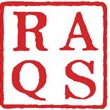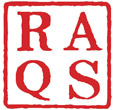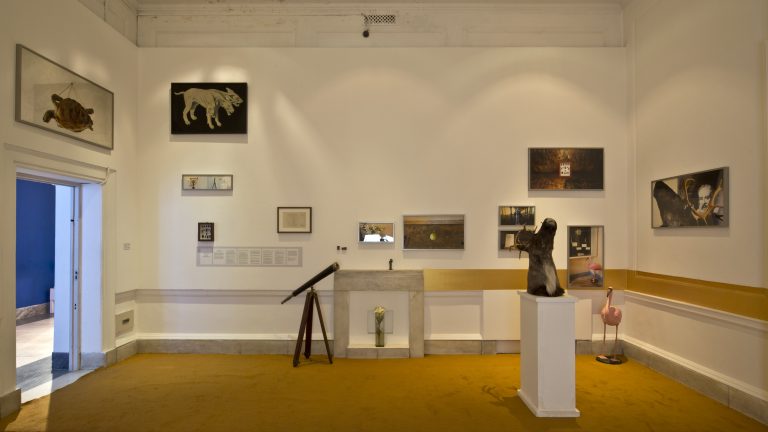Thirteen Lost Constellations
Grus, The Flamingo, or The Crane
Cerberus, the Three-Headed Dog
Custodian of the Harvest
Ramus Pomifer, The Apple Branch
Lilium, The Lilies
Officina Typographica, The Printing Office
Quadrans Muralis, The Mural Quadrant
The River Tigris
Rangifer, The Reindeer
Testudo, The Turtle
Telescopium Herschelii, Herschel’s Telescope
Scarabeus, The Scarab Beetle
Exhibited at “Art of Memory”, The Observatory Museum, Bonniers Konsthall, Stockholm, Sweden (2013) and “Untimely Calendar/ Asamayavali”, National Gallery of Modern Art (NGMA), New Delhi (2014)
Constellations are a way in which we make sense of the sky. Perhaps they are the first images made by human beings. Not necessarily by hand, but with the mind; while looking up at the sky. Translated into patterns and pictures found in the primitive night that are with us till today. The map of the sky is a palimpsest. Some patterns fade, others lurk and hide within and beneath other patterns. It is this process of fading, hiding and lurking that gives rise to the phenomenon of ‘Lost Constellations’. These are constellations fallen into disuse or gone into the exile of astronomical amnesia.
The Museum of Lost Constellations is an attempt to recover thirteen of them into memory through a set of objects that recall the names and lore connected to each lost constellation. It is sited by Raqs Media Collective within the historical observatory of the Stockholm Observatory Museum. The objects themselves are neither tagged, nor named. Matching their presence to the descriptions of the lost constellations in this text is the only way a visitor can construct for themselves a map of a fragment of forgotten sky.
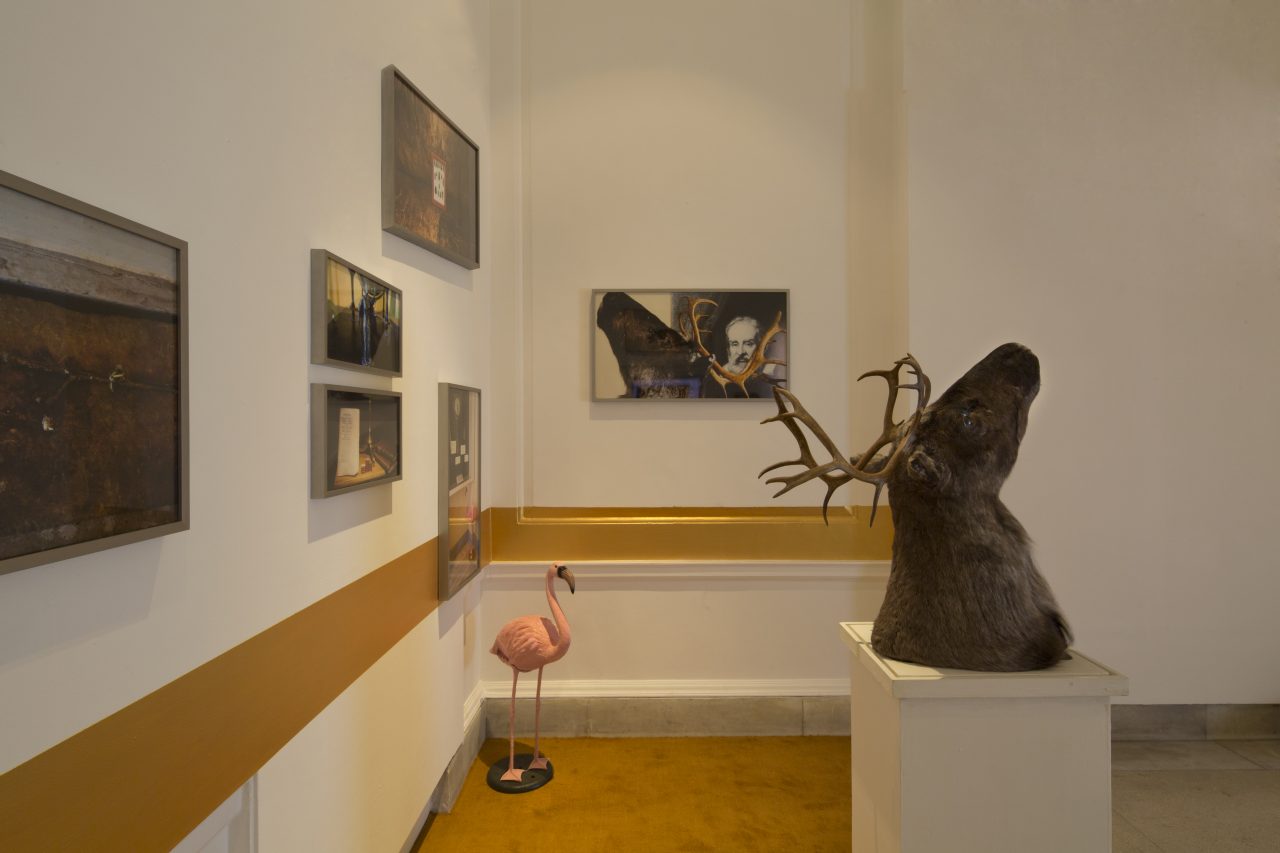
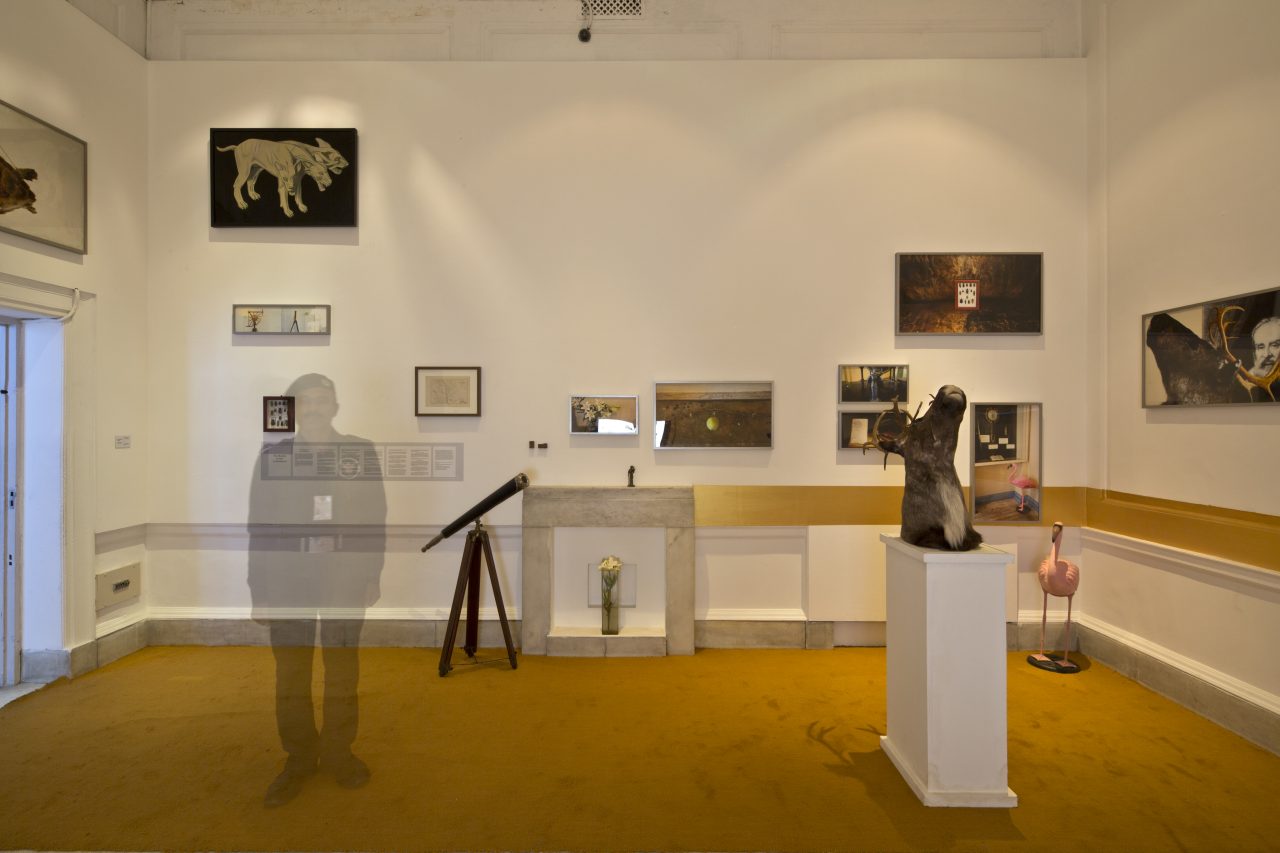
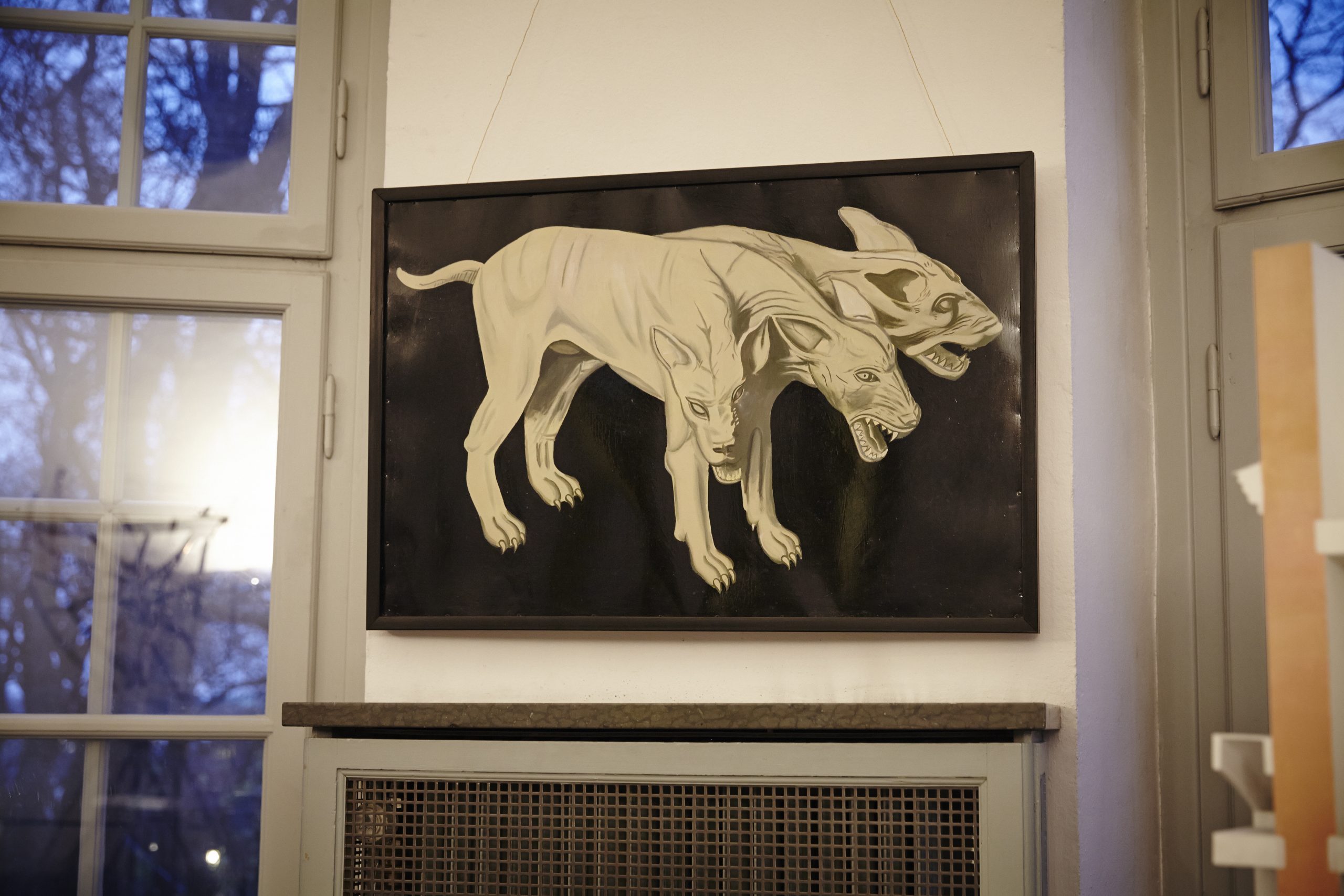
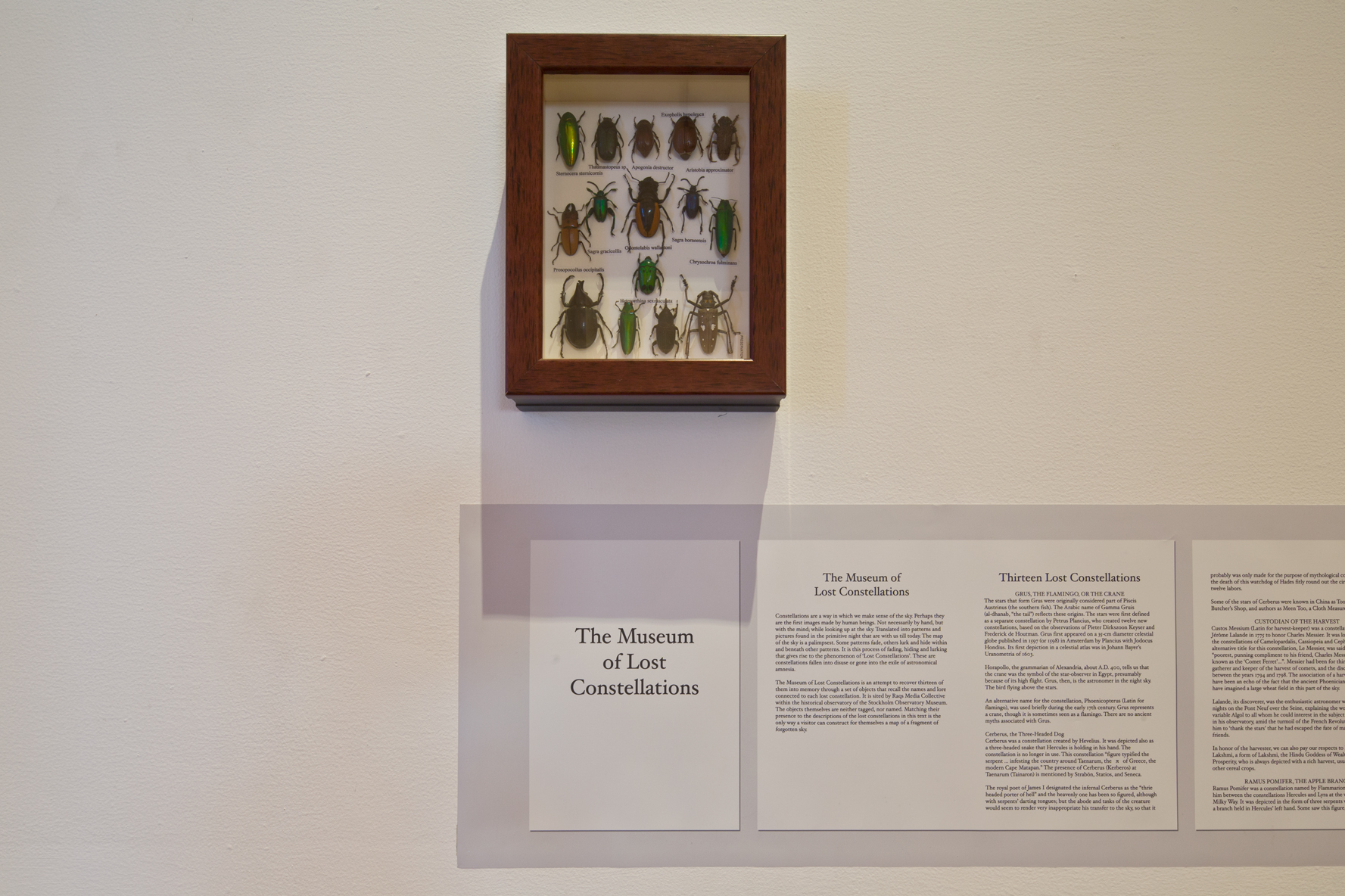
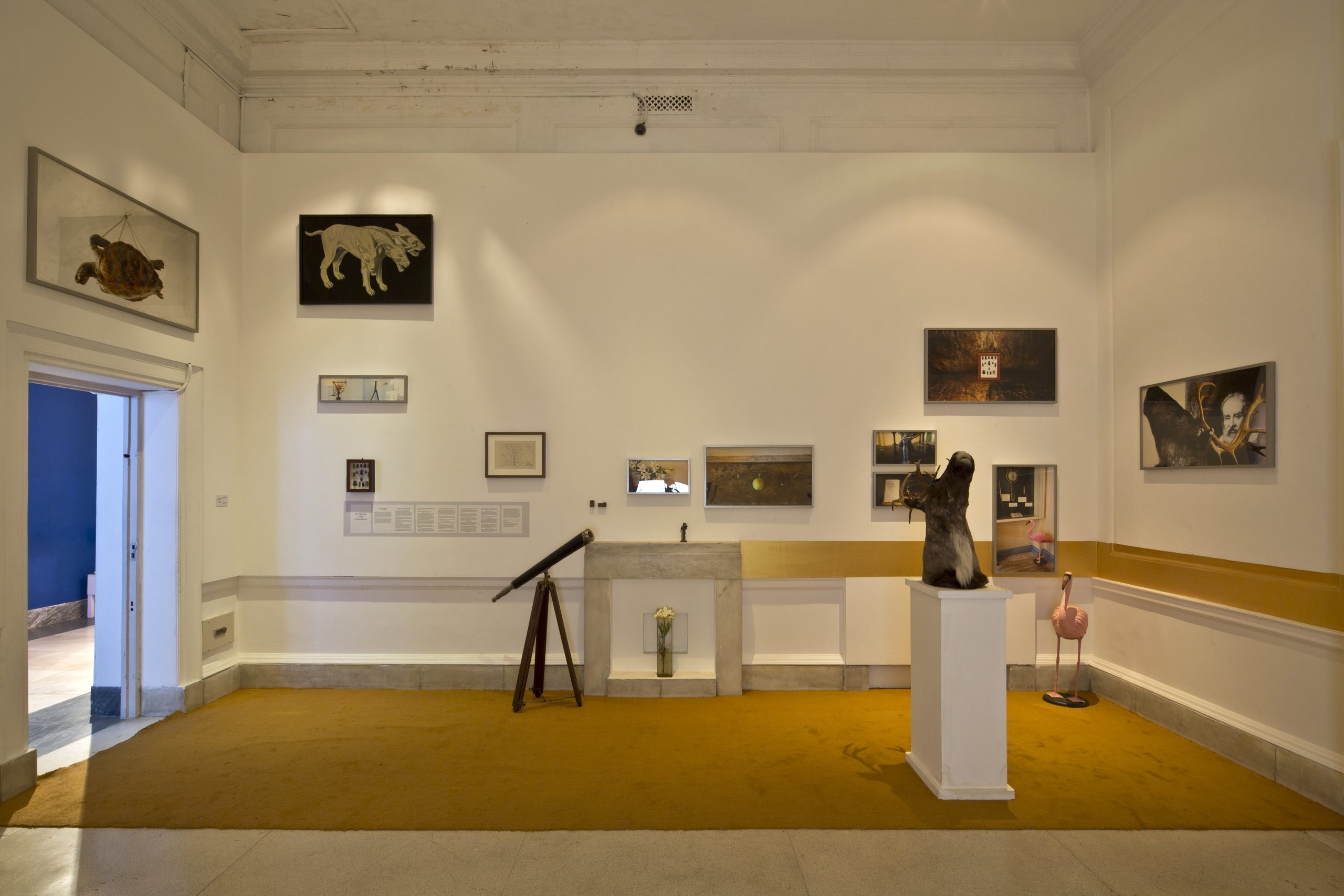
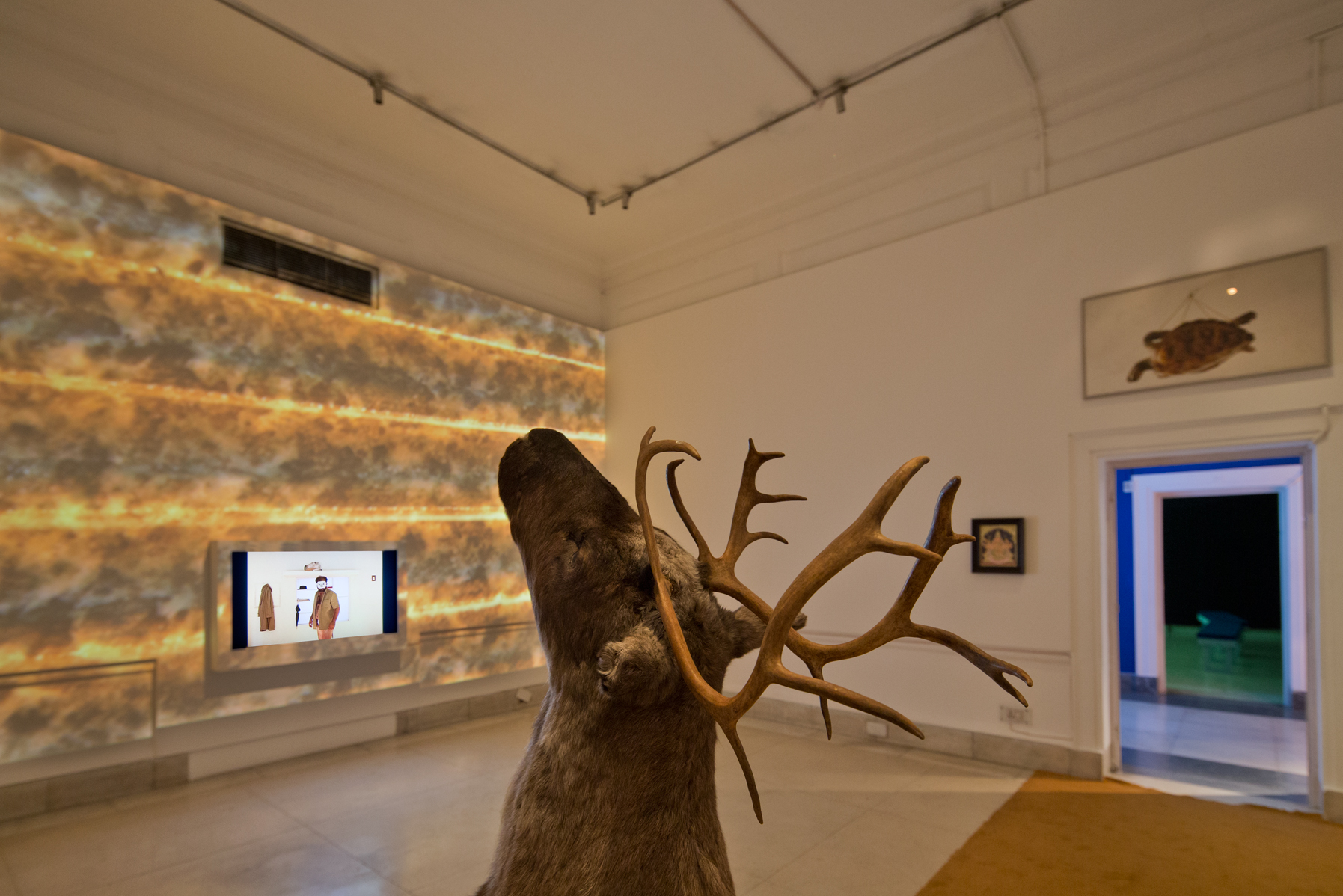
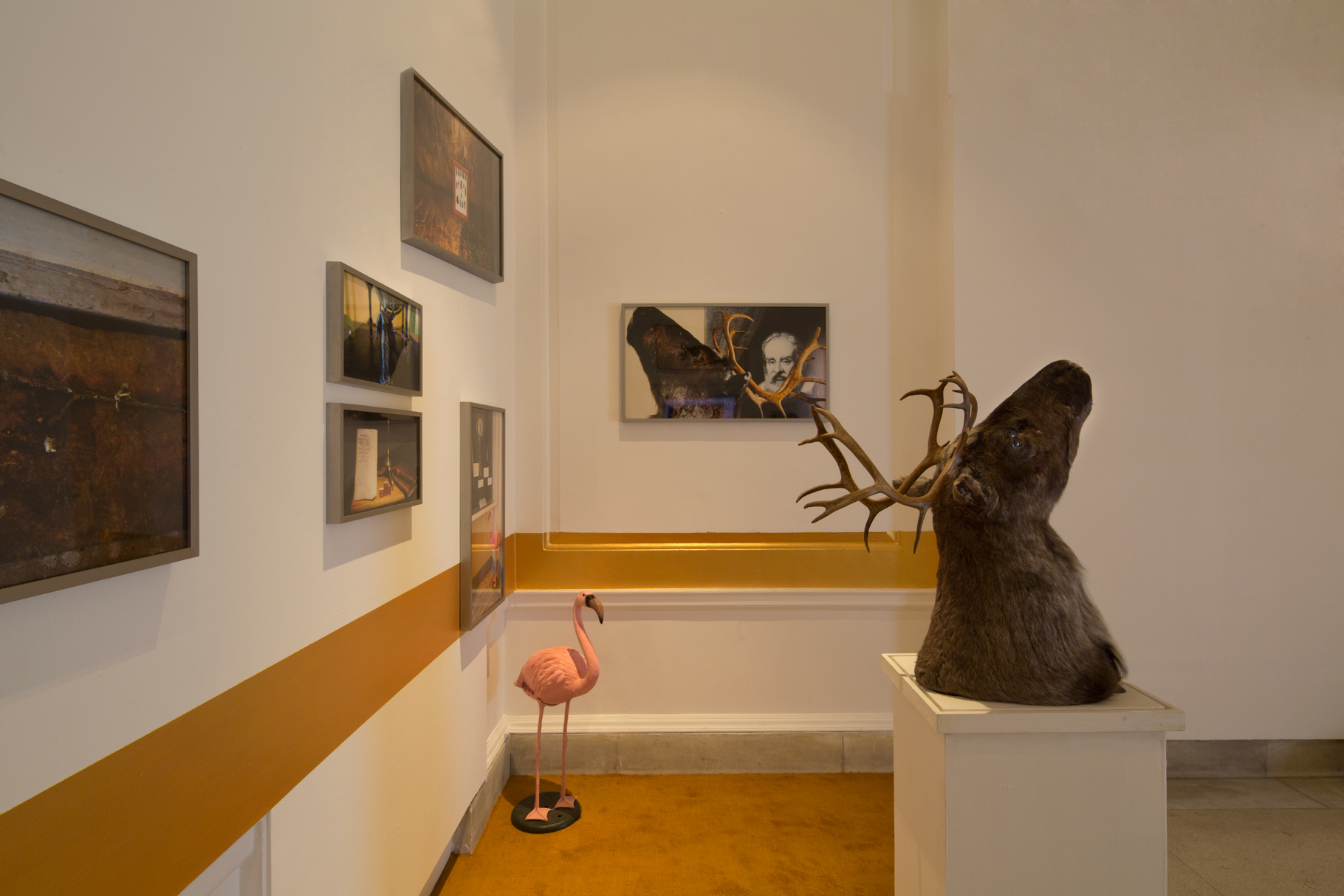
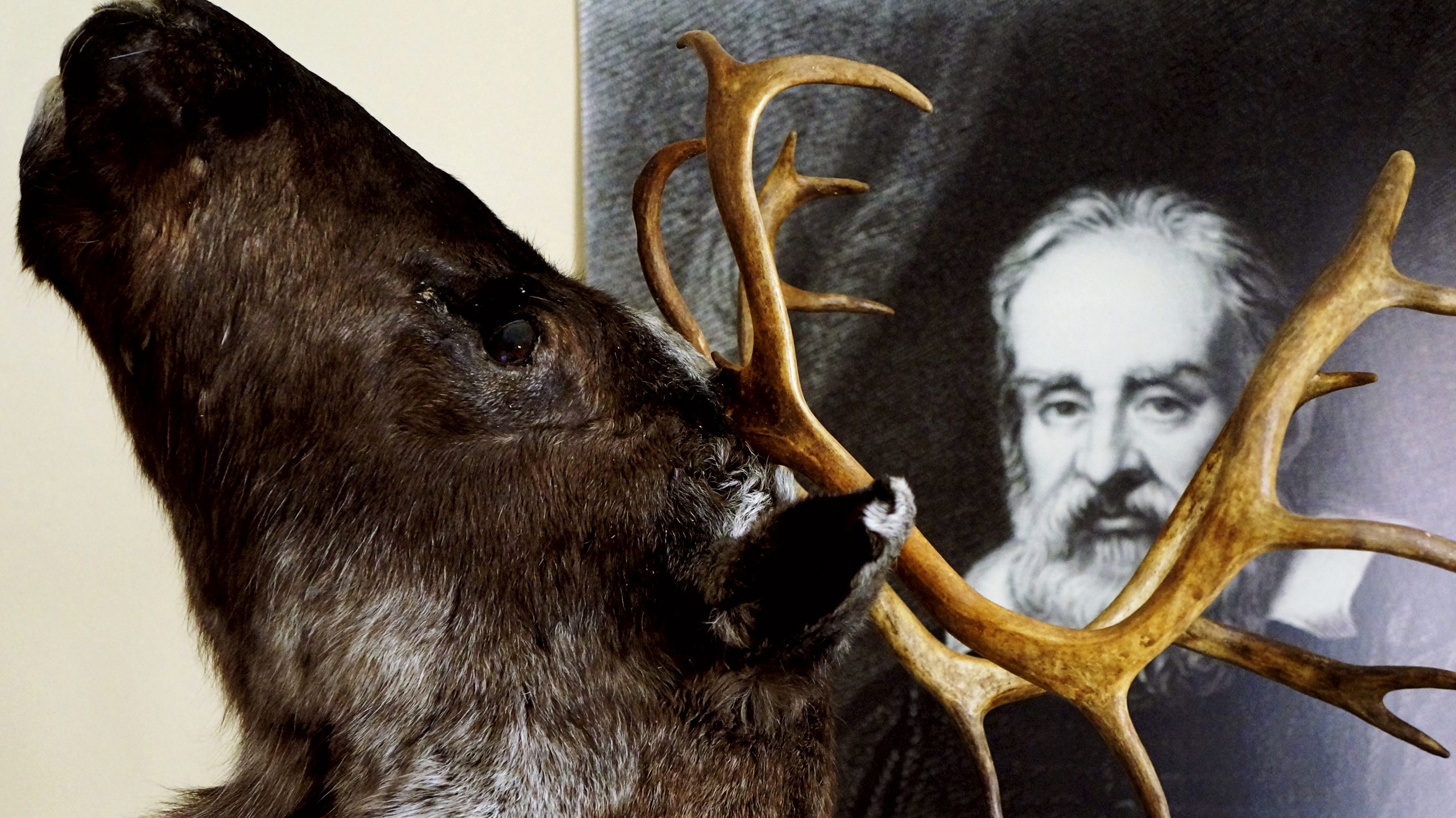
“Untimely Calendar/ Asamayavali”, National Gallery of Modern Art (NGMA), New Delhi (2014)
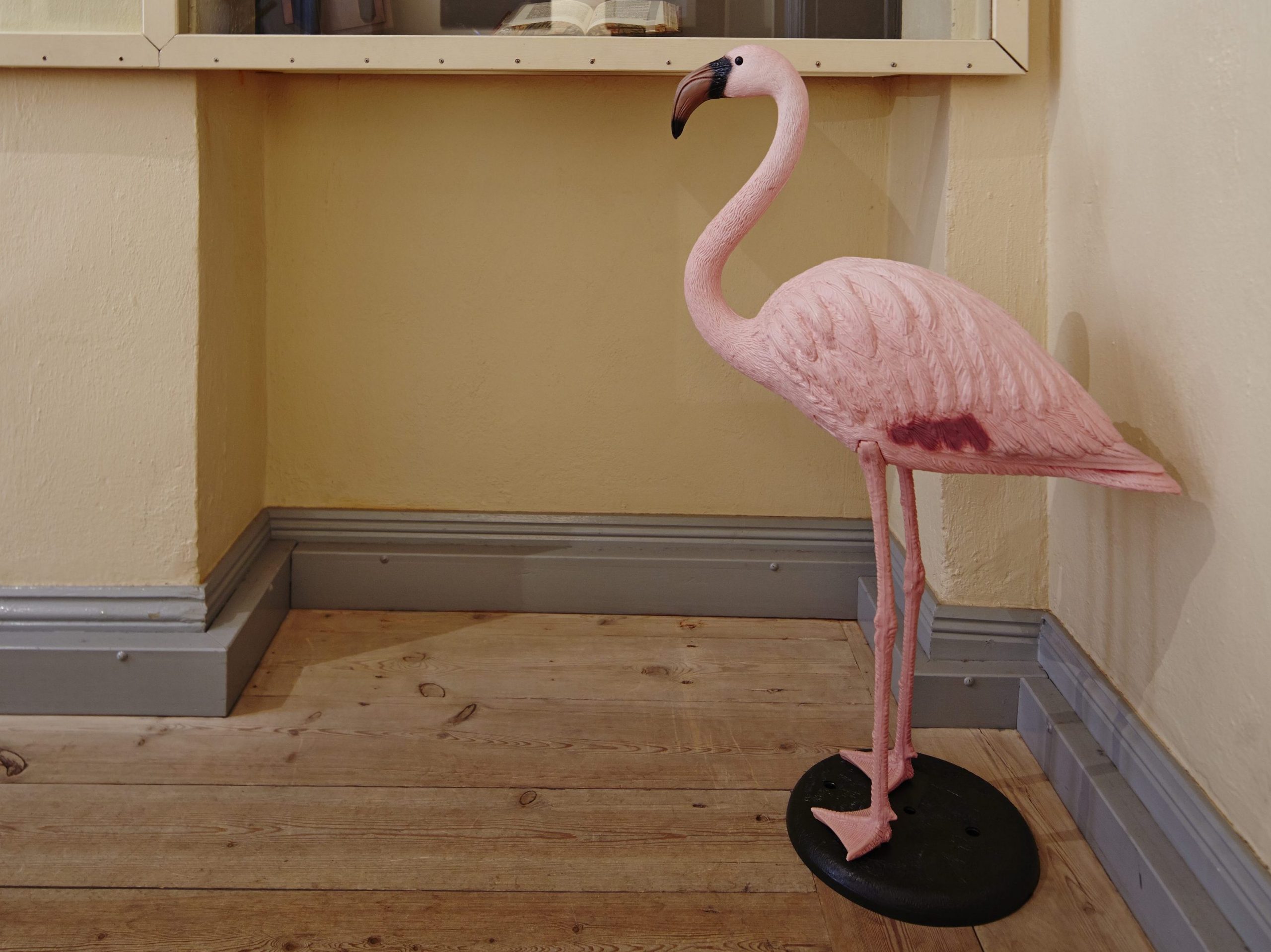
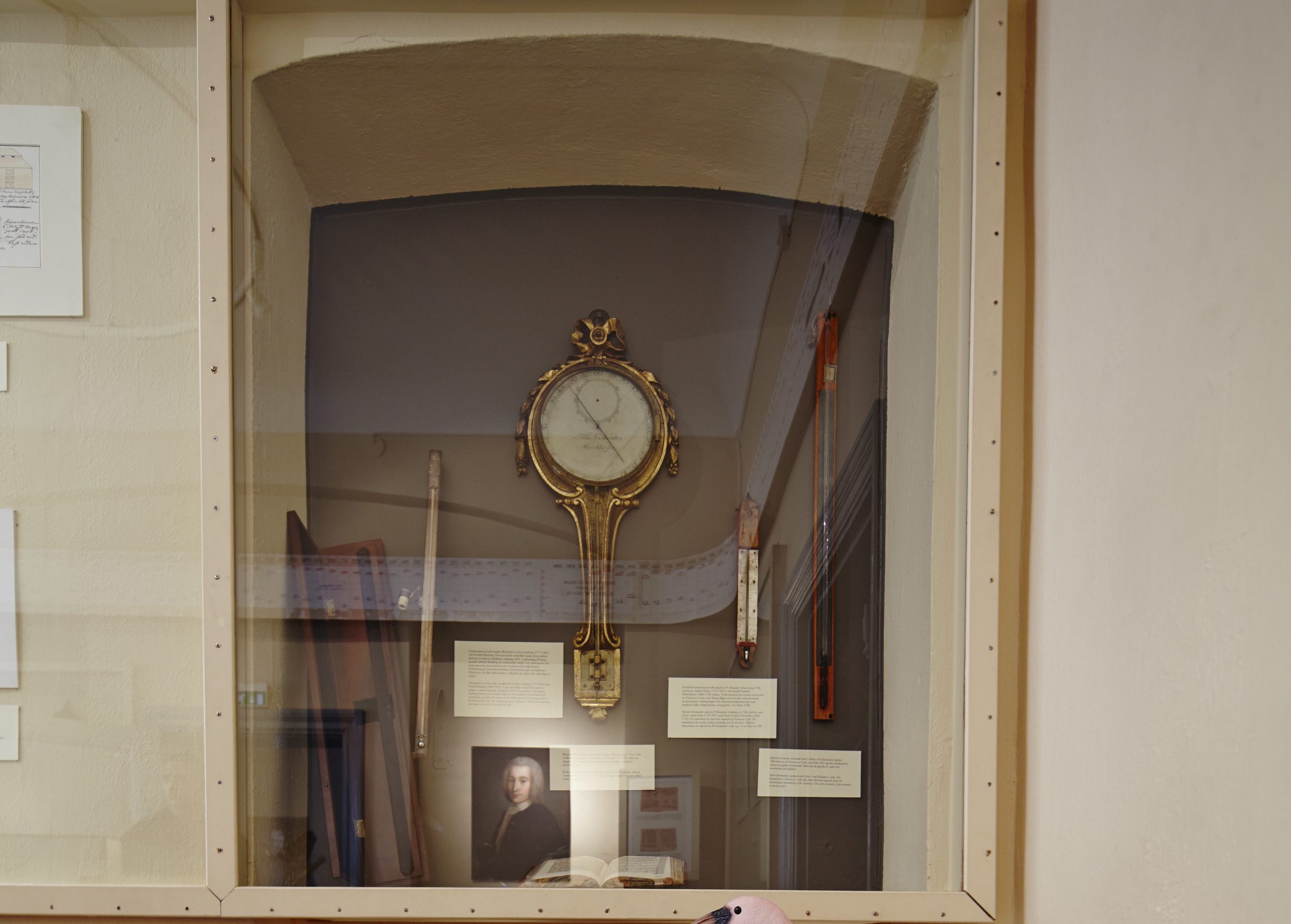
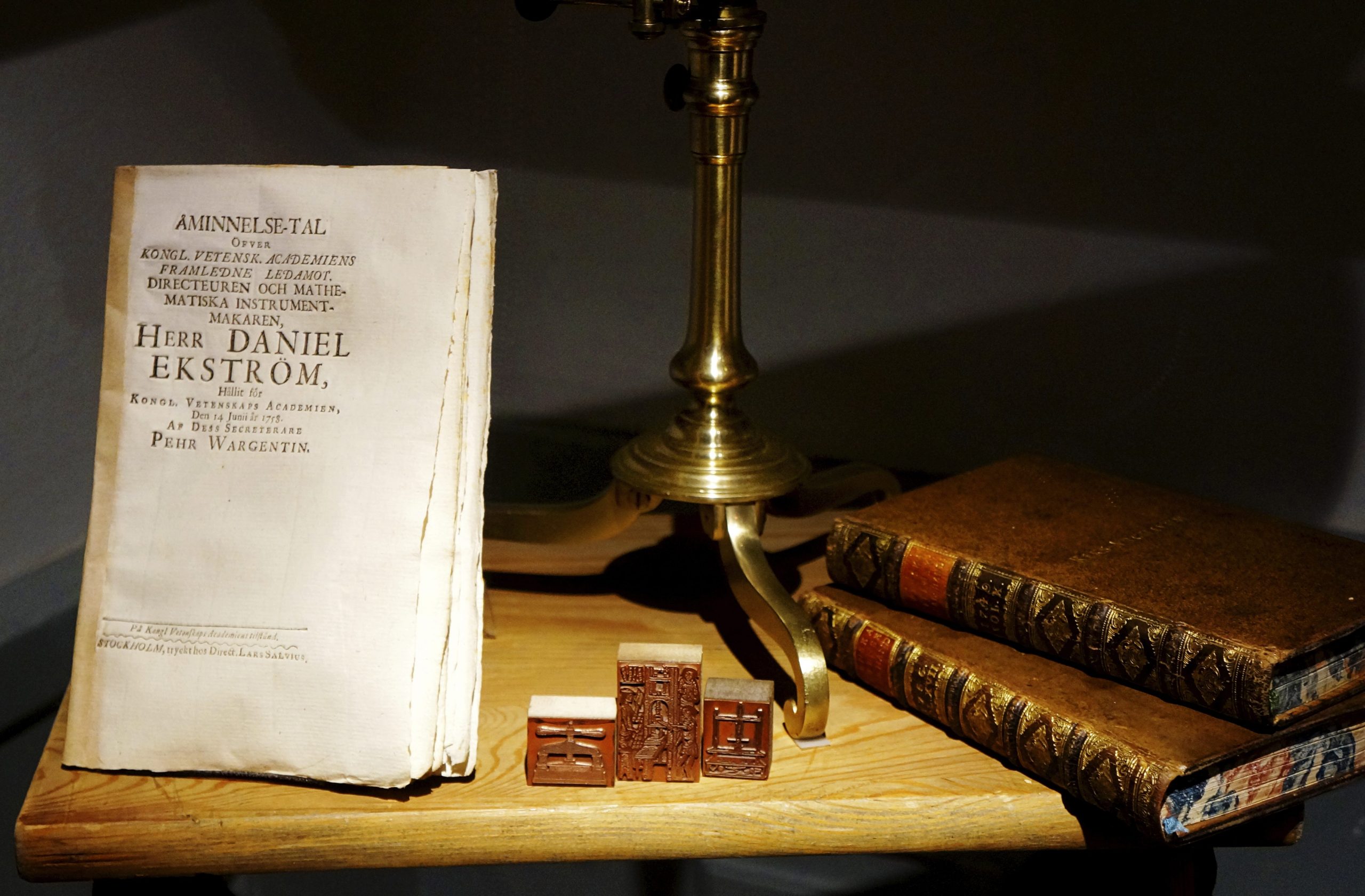
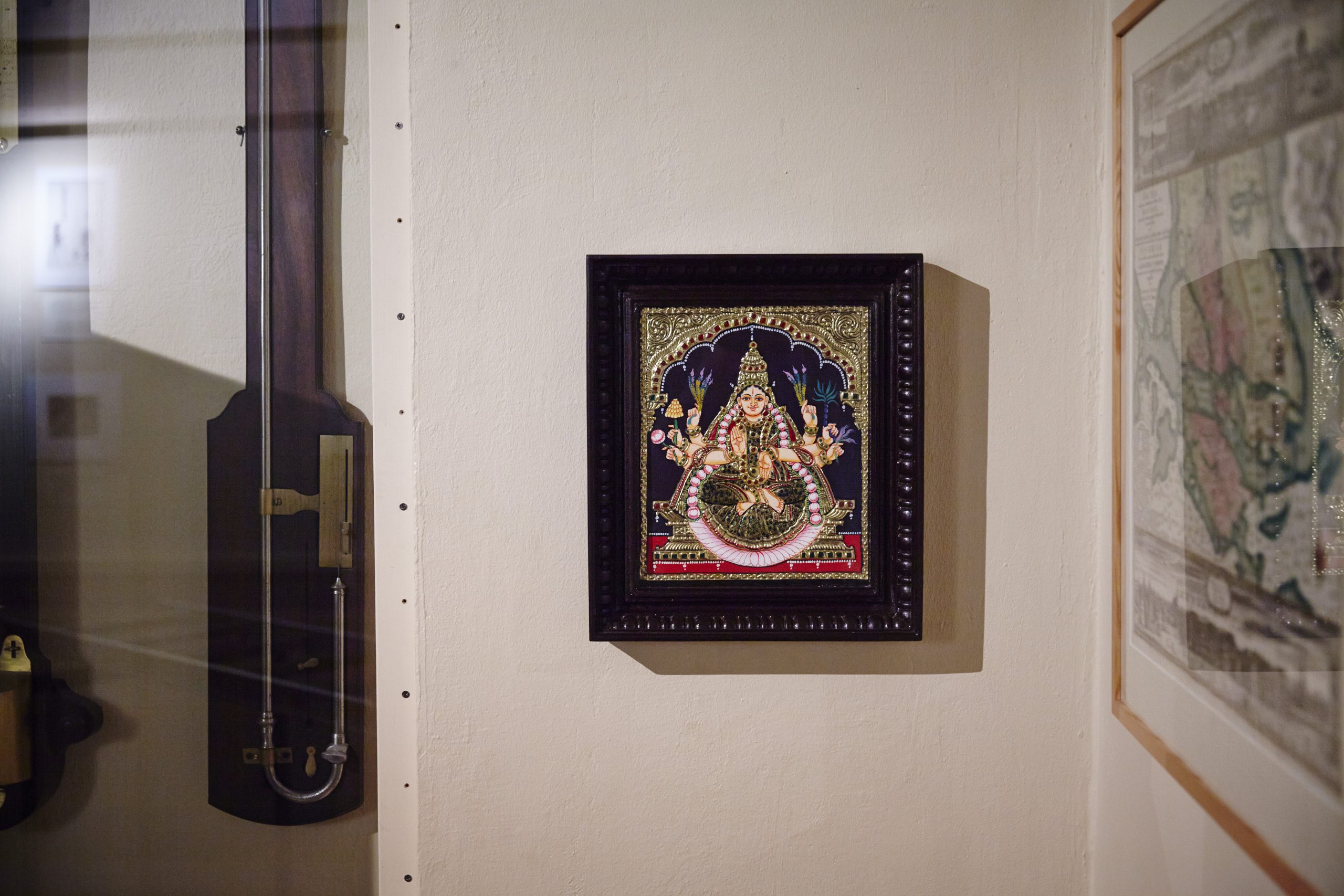
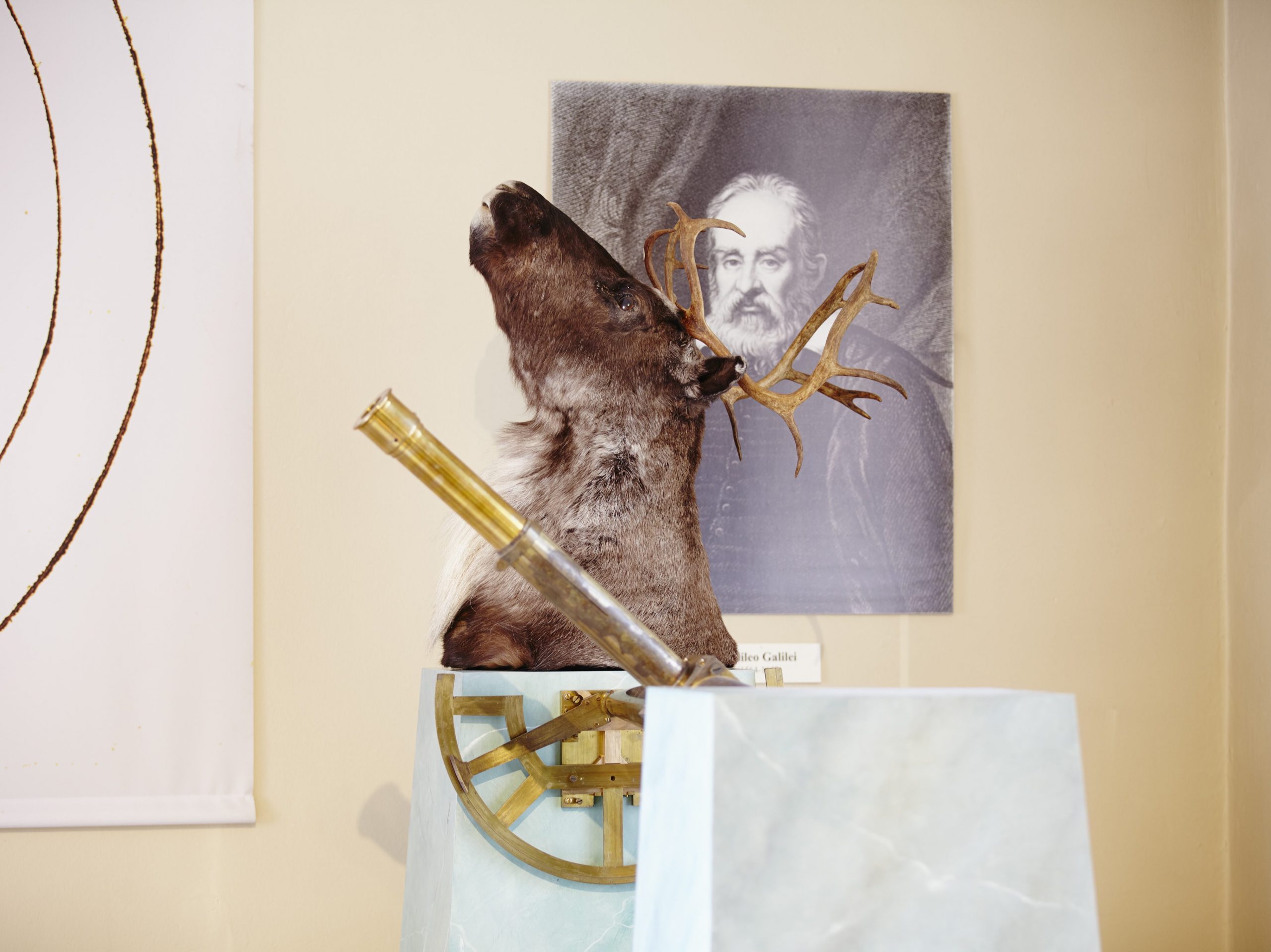
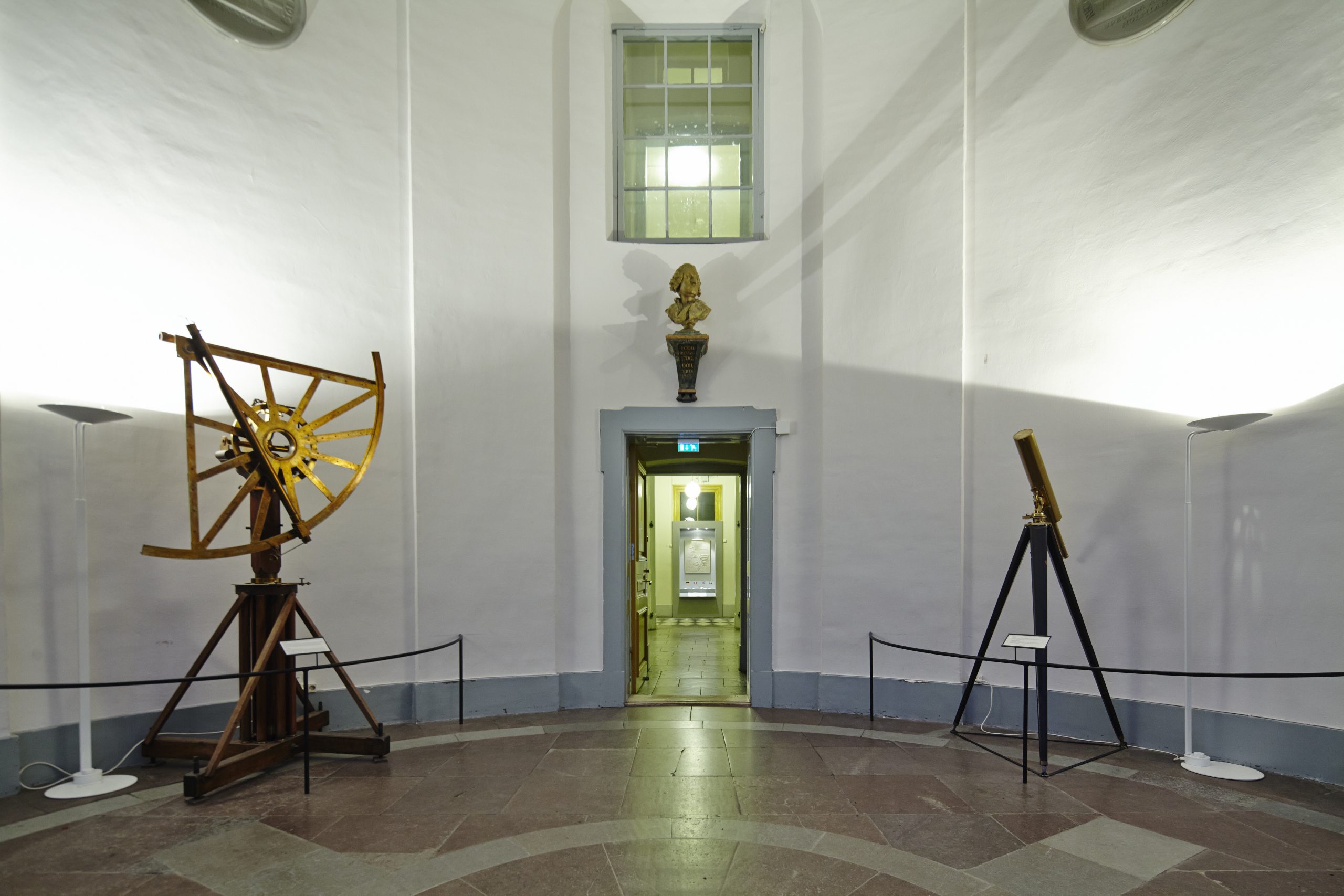
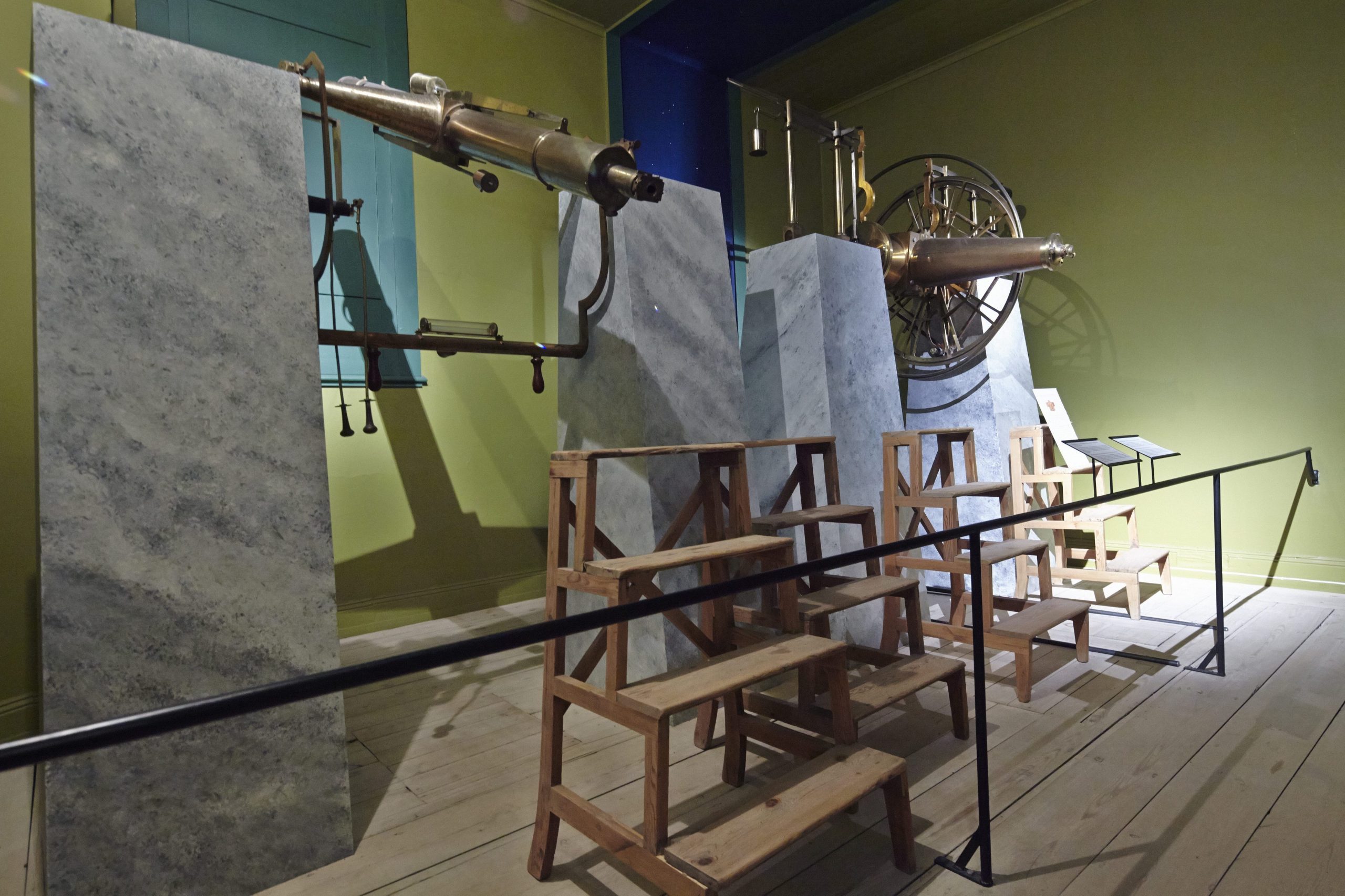

The Observatory Museum, Bonniers Konsthall, Stockholm, Sweden (2013)
